Unusual Facts About the Coral Reef: Unraveling the Mystery of Coral Reef Formation
Most of us have limited knowledge about coral and don’t fully understand the danger coral reefs are in. Coral reefs are much more than skeletal formations of dead marine creatures who inhabit the ocean. Learn more about corals to better understand the urgency of the environmental problems that concern the reefs. Why do researchers refer to its current condition as” dying” or “bleaching” ? Are corals living creatures or just bony formations?
What are Coral Polyps?
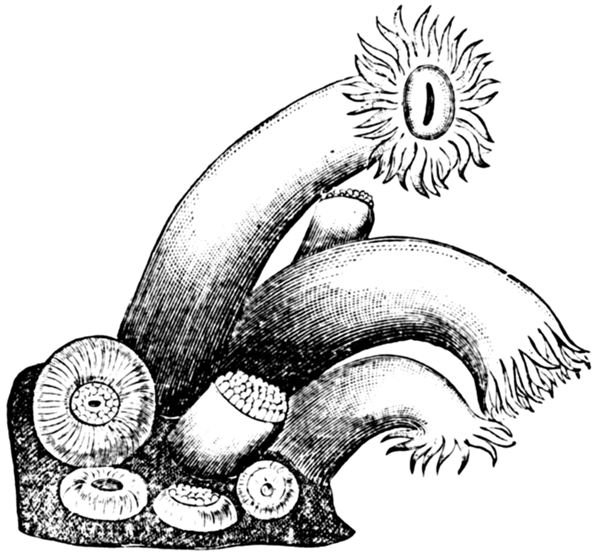
The marine creatures who form coral reefs and atolls are called coral polyps and they could be as minute as 2.5 centimeters in diameter, while some measure up to 30 centimeters in diameter. As tiny as they are, they have a mouth-like opening at one end of their hollow cylindrical body; said opening is surrounded by even tinier tentacles. The other end is equipped with natural substances allowing these polyps to attach their body to the ocean floor.
Some snorkel and scuba divers who have had the opportunity to go near a coral reef, find it difficult to single out a coral polyp. Reefs are inhabited by about 3,000 species of aquatic organisms, including the communities of coral polyps. These polyps largely resemble other soft-bodied animals because they belong to the Cnidarian family, which include hydras, hydroids, sea fan, sea anemones, and jellyfish.
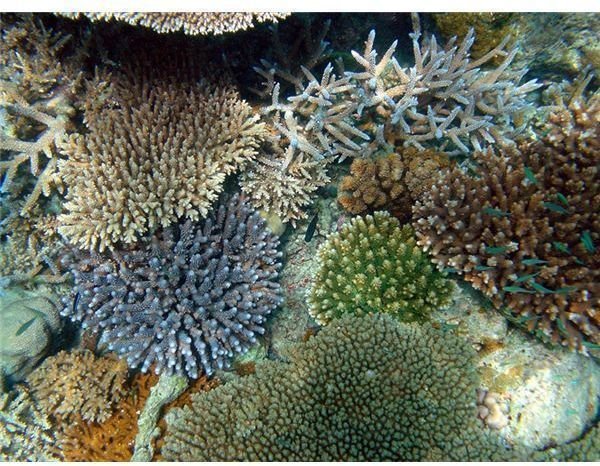
As living creatures, they feed on the larvae of shellfish organisms, but they subsist largely on algae. One of the unusual facts about corals is that the algae exist right in the polyp’s own tissues. While attached to the polyp, the alga secretes chemical nutrients that enable the coral animals to form external limestone skeletons and develop color.
Inasmuch as the algae are basically plant organisms, they require sunlight in order to perform their food production function by way of photosynthesis. As host to the algae, the polyp tends to assume the alga’s color as a living organism.
Another vital substance needed by coral animals to develop their external skeletal formations are the calcium intakes they get from seawater. This is quite important once the polyps go into the process of forming their colonies and develop into a large formation commonly known as corals.
How do Polyps Form into Colonies and Become Corals?
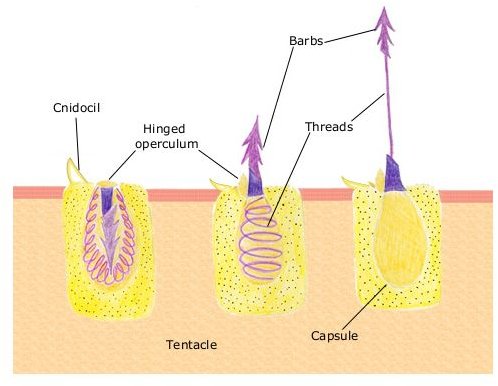
Some polyps live singly but most of them form into a community by attaching to each other. These are the reef building corals and are often found in the shallower portions of warm tropical seas, since they rely on algae for their bony mass. However, the polyp’s first step to becoming a coral is by forming a colony. Hence, once the polyp becomes a colony, it officially transforms into a living coral.
The polyps’ calcium intakes allow them to deposit calcium carbonate limestone to the bottom-half of their body. This particular substance enables the coral polyps to stay in place and attach their middles to another coral polyp until they form a bigger mass of a polyp colony.
The accumulation of calcium carbonate limestone takes the form of sheets of tissues, where the bottom half of the coral animal is attached while the upper half extends above the sheet. New corals spawned by adult polyps will then attach themselves to the coral formation until the mass becomes larger and larger.
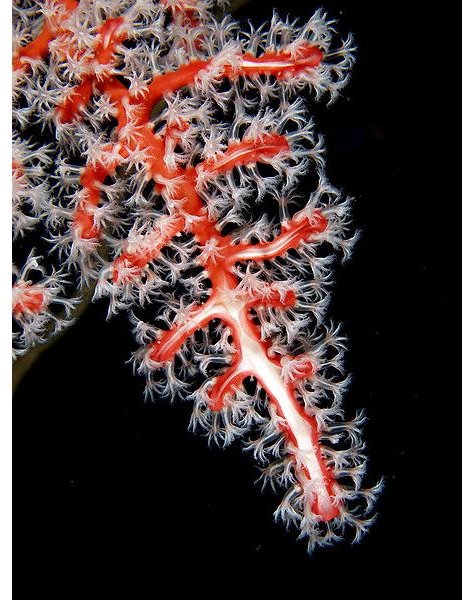
There is no limit to their build-up, hence they could become coral reefs and atolls. The reef build-ups are founded by skeletal deposits of the original coral animal colonies, which could date as far back as thousand of years ago.
Coral formations take different shapes and forms as some may look like branching trees, others form into dome shapes while some others have the appearance of small organ-like pipes. Factors that may have contributed to the different formations include calcifying algae that can influence the coral formation due to their cement-like adhesives.
The Formation of Coral Islands
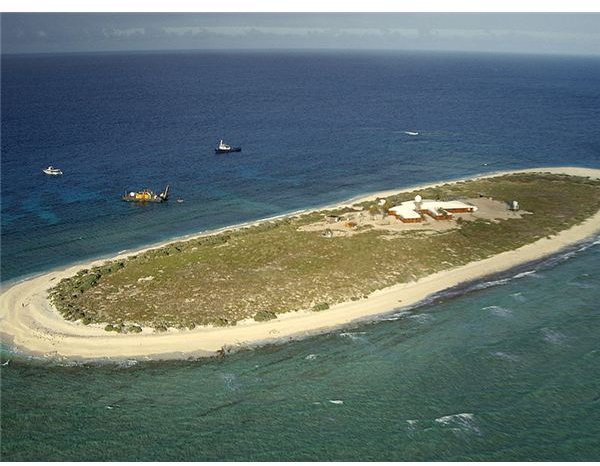
According to coral researchers, several islands in the Great Pacific Ocean were founded on coral formations. This is the condition where soil sedimentations were deposited and lodged until an entire vegetation of calcifying algae hardened the formation into one solid mass. Other factors that influence the outcome of a coral formation are the battering waves of the sea, which tend to break up the formed reefs.
The broken coral formations are rearranged by the sea movements, and the reefs end up piled on top of each other. The soil sedimentation and cement-like substance of the calcifying algae will occur until the rearranged coral reef becomes a hardened solid mass and forms an island.
Continue reading, on to the next page to learn more unusual facts about coral reef formations.
The Formation of Coral Reefs and Atolls
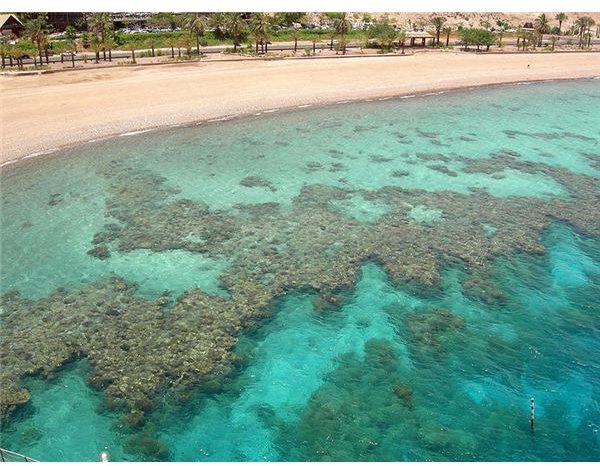
However, not all coral formations develop into new land masses. Instead, most coral formations are classified into three types of reefs: (1) Fringing Reefs, (2) Barrier Reefs and (3) Atolls.
The Fringing Reefs
The fringing reefs are distinguished from other coral formations inasmuch as they are made up of living coral animals that have platform like structures. These reefs are submerged underwater and extends from the sea reaching up to the shores. These are the coral formations that have varying colors of pinkish red hues that we refer to as typical coral colors. They also come in orange, tan, purple, yellow and green hues or sometimes in lighter or darker shades.
When the living organisms die, all that is left of the coral animals are the external skeletons developed during formation, and they turn into colorless limestones and form barrier reefs. The living coral animals on top also leave their skeletal remains thus adding more dimensions to a previously formed reef.
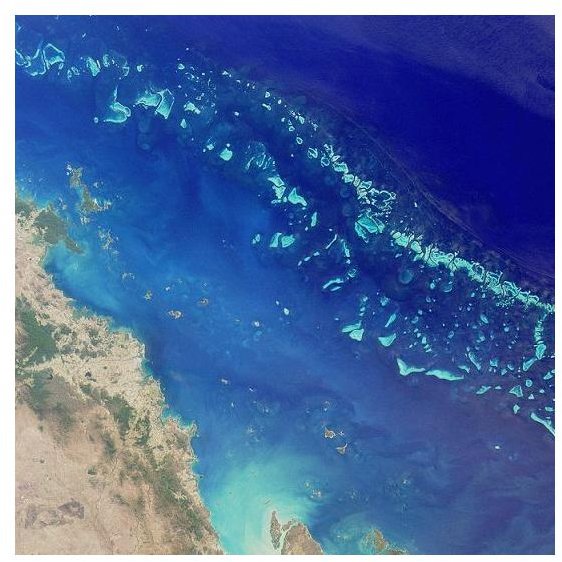
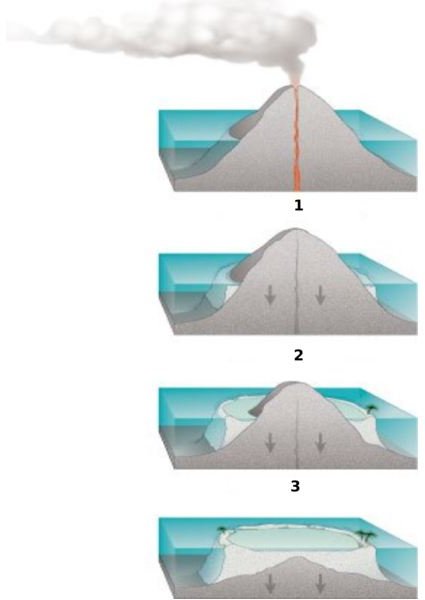
The Barrier Reefs
The barrier reefs are the skeletal remains of the coral formations whose build-ups follow the stretch of a shoreline. As such, they were able to form a long series of reef formations that separates the water near the shore from that of the open seas. In between these series are small channels that allow open sea water to pass through, and they are often found in around volcanic areas in the South Pacific. An excellent example of these types of reefs is the Great Barrier Reef in Australia, which is considered the largest coral reef formation in the world as it spans about 2,010 kilometers of Australia’s shoreline.
The Coral Atolls
A coral atoll is also an island of coral formations but is quite different from an island land mass founded on coral animals’ remains. An atoll is a ring-shaped coral formation and surrounds a lagoon. The formation followed the lines of a sunken volcano’s crater; hence, the lagoon was developed as water from the open sea slowly filled up the volcano’s opening. Most of these coral atolls are found in the South Pacific area.
Unusual Facts about Precious Corals
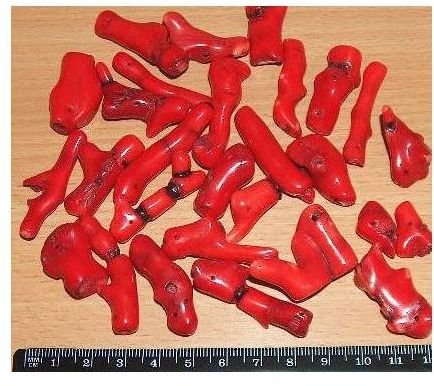
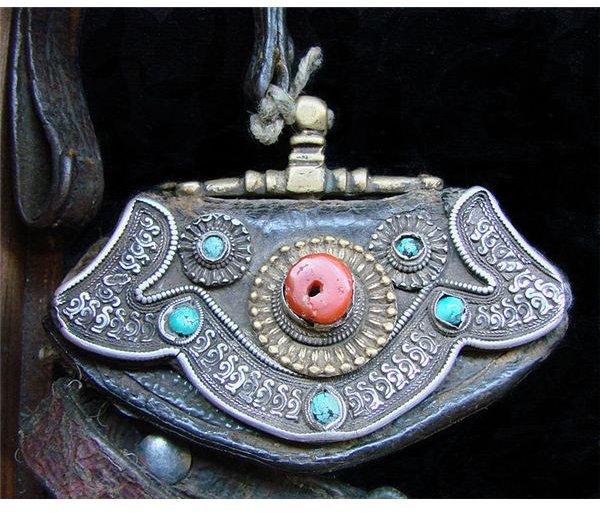
Some corals can be fashioned into jewelry and command high prices; but not all corals have this particular trait. Hence, these types of corals are considered precious and are found in the deeper and colder areas of the Mediterranean and Japanese Seas.
What makes them different from the reef building corals is that their skeletons are formed internally, and are thus not capable of reef building. These internal skeletal remains are then polished to bring out lustrous red, pink, or reddish pink colors and are used to adorn valuable jewelry pieces and artifacts or large masses are carved into pieces of art. .
Summary:
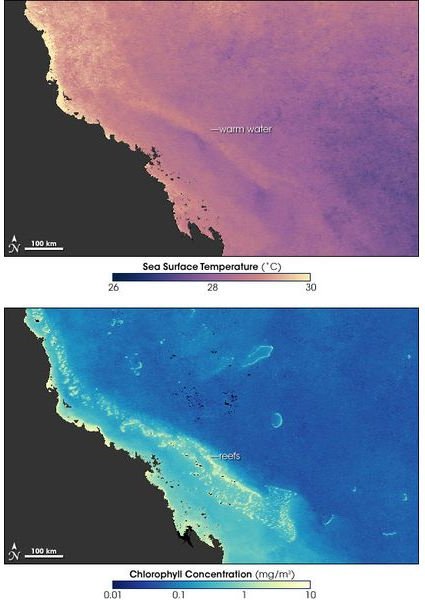
Based on our brief study of the unusual facts about coral reefs, we now have a deeper understanding about reports containing information that corals are dying and bleaching. If there are more coral formations made from skeletal limestone remains that tend to bleach, it means there are fewer living coral organisms because these are the ones that possess the bright colorful hues of healthy algae.
The ocean water’s acidification has affected the water’s calcium content, which is important in the coral animals’ skeletal formation. Pollution sediments caused an overgrowth of algae vegetation leading to eutrophication, which is an aquatic condition where algae tend to consume most of the oxygen that coral animals and other marine creatures need. Water contamination also spawned virus growth in coral areas, wiping out algae vegetations important to coral animals’ existence and formation.
The comparative images on the left are photos of the Great Barrier Reefs before acidification and pollution and after acidification and pollution. After reading these unusual coral reef facts, can you tell which photo was taken before and which one was taken after?
Reference Materials and Image Credit Section
Reference Materials:
- https://www.marinereef.org/reports.php?reportid=2
- https://www.marinereef.org/reports.php?reportid=6
- https://animals.nationalgeographic.com/animals/invertebrates/coral/
Image Credits:
- All images are courtesy of Wikimedia Commons